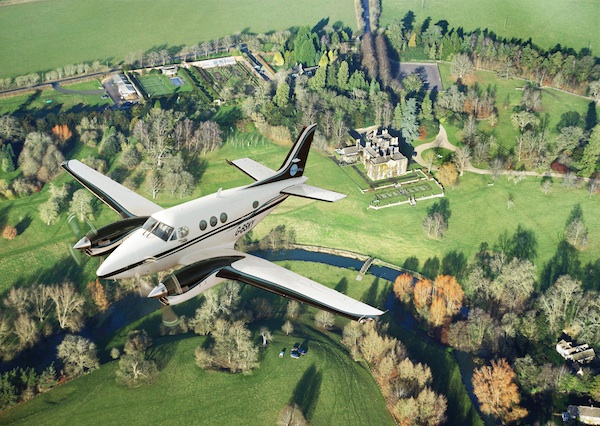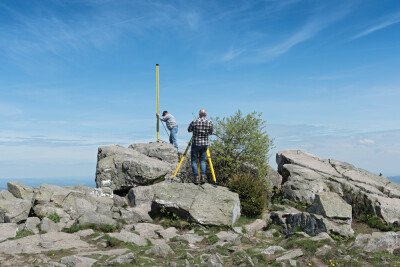Applications for Bluesky’s tree map include subsidence risk assessment by insurance companies, propagation modeling for telecommunication infrastructure planning
Aerial mapping company Bluesky International Ltd. said Monday it has completed the first detailed digital map of tree canopy cover across England and Wales.
The tree map includes three individual map layers, detailing more than 280 million trees with a canopy cover of about 20,000 square kilometres – close to 13.5 percent of the country’s entire land cover, the Leicestershire, U.K.-based firm said. Work is also underway to create coverage for Scotland.
“However, what is more significant than the overall figure is the level of detail we are able to provide to those organisations and individuals who manage and protect this valuable resource,” said James Eddy, Bluesky technical director of Bluesky. “By providing crown polygons and centre points together with height attributes we are able to provide real intelligence for asset management, maintenance and risk assessment applications.”
Applications of the tree map include subsidence risk assessment by insurance companies, propagation modeling for telecommunication infrastructure planning, network resilience assessment for utility companies, and carbon reduction planning for environmental mitigation projects.
Bluesky said several local governments, commercial organizations, and academic institutions are using the tree map and interest is also being shown from central government agencies and utility companies.
Bluesky specializes in digital aerial imaging and remote sensing data collection and processing. Its deliverables include DTMs, DSMs and 3D landscape/cityscape visualisations and prints.
Earlier this month, Bluesky said it was expanding its international operations by employing a new airborne mapping system developed by Optech that consists of an Orion M300 LiDAR sensor, a CS-LW640 Long Wave Infrared thermal sensor, and a CS-10000 RGB, high-resolution camera.
The new system is used for applications such as infrastructure modeling and environmental monitoring, including flood risk analysis and forestry management, and was employed to complete the National Tree Map, Bluesky said.
In addition to the tree map’s three vector layers – crown polygons, idealized crowns and height points, the map also features an attribute table, including unique identification for each crown feature, height attributes and area calculations. The data is available in a range of GIS ready formats through annual licensing.
Bluesky is also involved in the U.K.’s first nationwide map of solar potential, citywide ‘heat loss’ maps, 3D maps of trees and their proximity to buildings and historical imagery.






